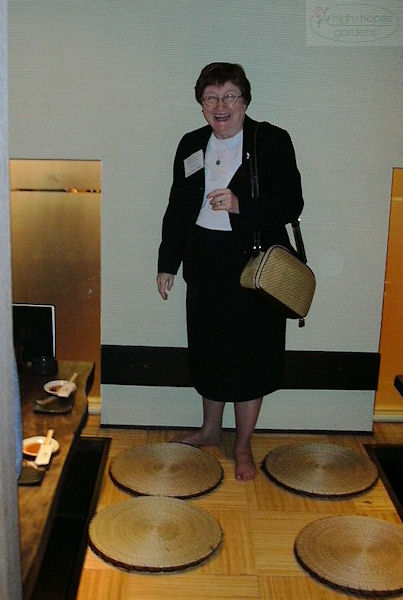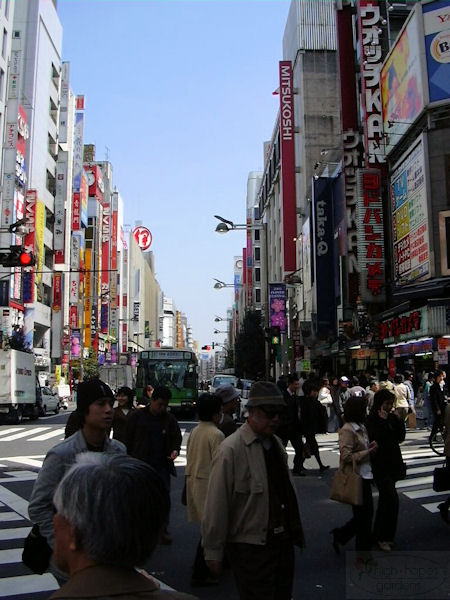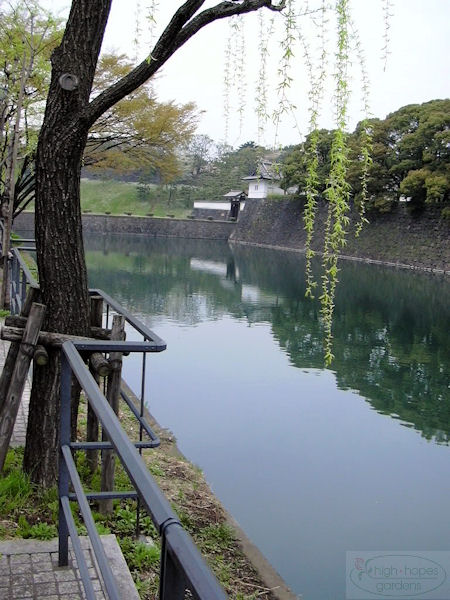Today I’ll wrap up the review of my trip to Japan, but not my thoughts for the country.

The trip was sponsored by the Iowa Department of Economic Development. Here at an official function our group is introduced.

The head of the delegation was former Iowa Lieutenant Governor Patty Judge. Here, Patty seems just a little unsure about the different seating arrangement at a restaurant. The woven mats on the floor are for sitting on, and there is a recessed compartment in the floor for your legs to dangle down. You can see some of the place settings on the table.

Always toasts to friendship and success before every meal.

In order to do business in Japan, it takes much more cultivation of personal relationships than in the U.S. Typically, before getting an order in the food business, you’d get introduced on one trip, exchange some *preliminary* thoughts on products and prices. If all was well after that, you could expect a trip by your Japanese counterpart to the U.S. to meet with you again and tour the farms/facilities the food would be coming from. Then, there’d be another visit to Japan to make final arrangements. During this trip I was representing an organic meat company that lasted about five years before high feed prices doomed the products.

Navigating Tokyo was unlike most cities I’ve been in. Addresses are not on a logical grid of any type. Unlike western address that go from most specific to least specific (address first, state last) Japanese addresses are the opposite. In a way, that part makes more logical sense.
An address begins the the prefecture (state), city, ward, district, block, building, and street number. Only the last three are typically numbers. To make things more confusing, the blocks although numeric, are not in any order, so block 15 may be adjacent to block 76. Nor are blocks of a standardized size. Then buildings are also in a block, but not in numerical order, followed by address. Even though our guide had lived in Tokyo his whole life, he frequently stopped to ask shopkeepers more specific directions as we arrived closer to our destination.

Finally we’ll end with a gentleman from Nippon Organic Agriculture Products. Fortunately for us, even though it was just after lunch, he was proud to share a bottle of organic sake with us during our meeting.



















